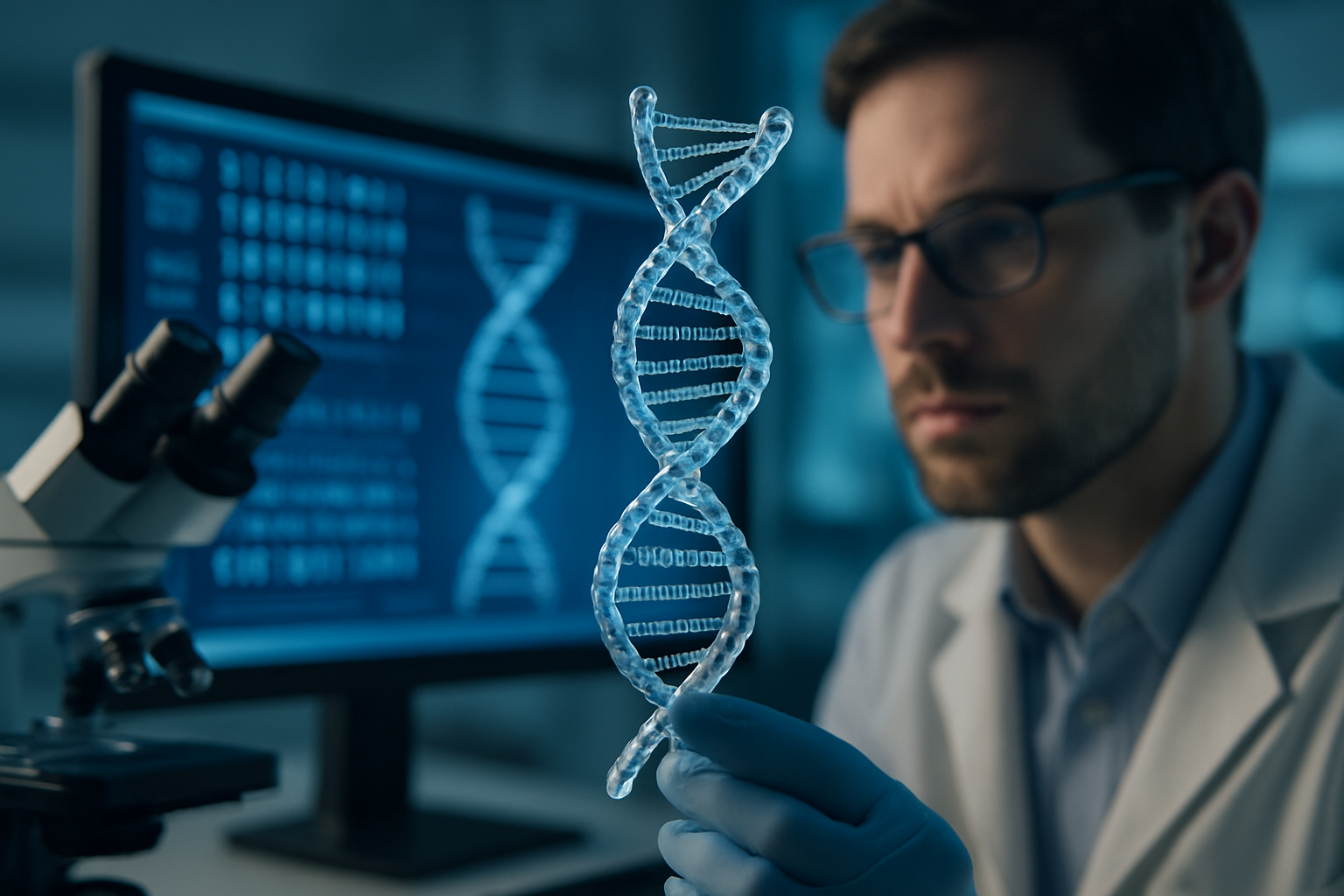Lung Cancer Treatment Options Available in the United States
Lung cancer remains one of the most common and deadly forms of cancer in the United States, but significant advances in detection, diagnosis, and treatment have improved outcomes for many patients. Understanding the available treatment options is crucial for patients and their families facing this diagnosis. Treatment approaches vary widely based on the type and stage of lung cancer, as well as the patient's overall health and personal preferences. This comprehensive overview explores the current landscape of lung cancer treatment options in the U.S., from standard therapies to emerging research that may shape future care.

Recognizing Early Signs of Lung Cancer
Early detection of lung cancer significantly improves treatment outcomes and survival rates. Unfortunately, many lung cancers don’t cause noticeable symptoms until they’ve spread. The most common early signs of lung cancer include a persistent cough that worsens over time, chest pain that intensifies with deep breathing or laughing, hoarseness, unexplained weight loss, and shortness of breath. Other potential symptoms include recurring respiratory infections such as bronchitis or pneumonia, coughing up blood (even small amounts), and persistent fatigue.
Risk factors such as smoking history, exposure to secondhand smoke, radon gas, asbestos, and family history of lung cancer should prompt regular screenings. Low-dose CT scans are now recommended for high-risk individuals, including current smokers or those who have quit within the past 15 years, aged 50-80 with at least a 20 pack-year smoking history. Early detection through these screening protocols allows for intervention before cancer advances to later stages.
Standard Lung Cancer Treatment Options
The treatment landscape for lung cancer in the United States encompasses several well-established approaches that form the foundation of care plans. Surgery remains the primary treatment for early-stage non-small cell lung cancer (NSCLC) and may include lobectomy (removal of a lung lobe), pneumonectomy (removal of an entire lung), or segmentectomy (removal of a lung segment). For patients who cannot undergo surgery, stereotactic body radiation therapy (SBRT) offers a non-invasive alternative.
Chemotherapy continues to play a vital role, either as a primary treatment for small cell lung cancer (SCLC) or as adjuvant therapy following surgery for NSCLC. Radiation therapy is utilized across various stages, either alone or alongside other treatments. For locally advanced cases, a multimodal approach combining chemotherapy, radiation, and potentially surgery provides the most comprehensive treatment strategy.
Targeted therapies have revolutionized treatment for patients with specific genetic mutations. These include EGFR inhibitors like osimertinib, ALK inhibitors such as alectinib, and ROS1 inhibitors. Immunotherapy has also emerged as a cornerstone treatment, with drugs like pembrolizumab, nivolumab, and atezolizumab helping the immune system recognize and attack cancer cells.
Innovative Approaches in Lung Cancer Treatment
Beyond conventional treatments, numerous innovative approaches have expanded the lung cancer treatment arsenal. Minimally invasive surgical techniques, including video-assisted thoracoscopic surgery (VATS) and robotic-assisted surgery, have reduced recovery times and complications compared to traditional open procedures. These techniques allow surgeons to perform precise operations through small incisions, preserving more healthy lung tissue.
Proton therapy represents another advancement, delivering radiation with greater precision than conventional radiotherapy while minimizing damage to surrounding tissues. This approach proves particularly valuable when tumors lie near critical structures like the heart or spinal cord.
Combination therapies have shown remarkable efficacy, particularly immunotherapy combined with chemotherapy as first-line treatment for advanced NSCLC. Maintenance therapies following initial treatment success help extend remission periods. Additionally, palliative care has evolved significantly, focusing on symptom management and quality of life alongside disease treatment rather than only at end-of-life stages.
Personalized Medicine and Molecular Testing
The era of one-size-fits-all lung cancer treatment has ended, giving way to personalized medicine approaches driven by molecular testing. Comprehensive biomarker testing has become standard practice for newly diagnosed advanced NSCLC patients. These tests identify specific genetic mutations and protein expressions that can inform treatment decisions.
Common biomarkers tested include EGFR, ALK, ROS1, BRAF, NTRK, MET, RET, and PD-L1 expression. Each biomarker corresponds to specific targeted therapies. For instance, patients with EGFR mutations respond well to tyrosine kinase inhibitors like osimertinib, while those with high PD-L1 expression often benefit from immunotherapy.
Liquid biopsies represent another advancement, allowing genetic testing through blood samples rather than invasive tissue biopsies. This approach facilitates more frequent monitoring of treatment response and emerging resistance mechanisms. As testing capabilities expand, the landscape of personalized lung cancer treatment continues to evolve, providing more tailored and effective treatment strategies.
Lung Cancer Research and Future Directions for 2025
The landscape of lung cancer treatment is rapidly evolving, with significant breakthroughs anticipated by 2025. Current research focuses heavily on novel immunotherapy combinations, seeking to overcome resistance mechanisms and extend benefits to more patients. Researchers are developing new checkpoint inhibitors that target different immune pathways beyond PD-1/PD-L1.
Antibody-drug conjugates (ADCs) represent another promising frontier, delivering cytotoxic agents directly to cancer cells while sparing healthy tissue. Several ADCs are in advanced clinical trials for lung cancer, including those targeting HER2 and TROP2.
Perhaps most exciting is the emerging field of cellular therapies, including CAR-T cell therapy and tumor-infiltrating lymphocytes (TILs), which are being adapted for solid tumors like lung cancer. Early-detection technologies are also advancing rapidly, with multi-cancer early detection (MCED) blood tests showing promise for identifying lung cancer at earlier, more treatable stages.
The integration of artificial intelligence into lung cancer care is accelerating, with AI systems improving imaging interpretation, predicting treatment responses, and identifying optimal treatment sequences. By 2025, these research avenues may fundamentally transform how lung cancer is detected and treated in the United States.
This article is for informational purposes only and should not be considered medical advice. Please consult a qualified healthcare professional for personalized guidance and treatment.




